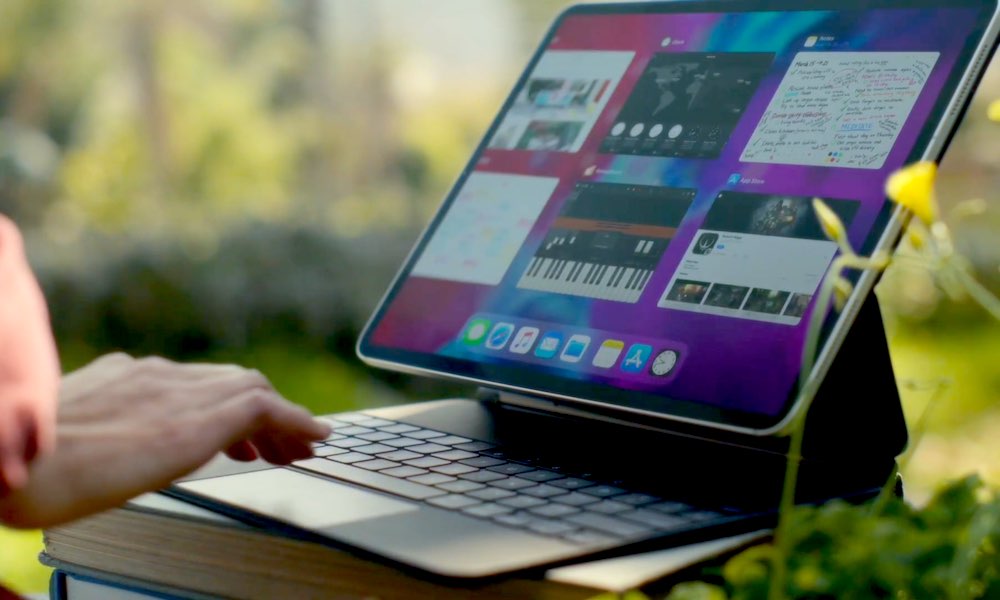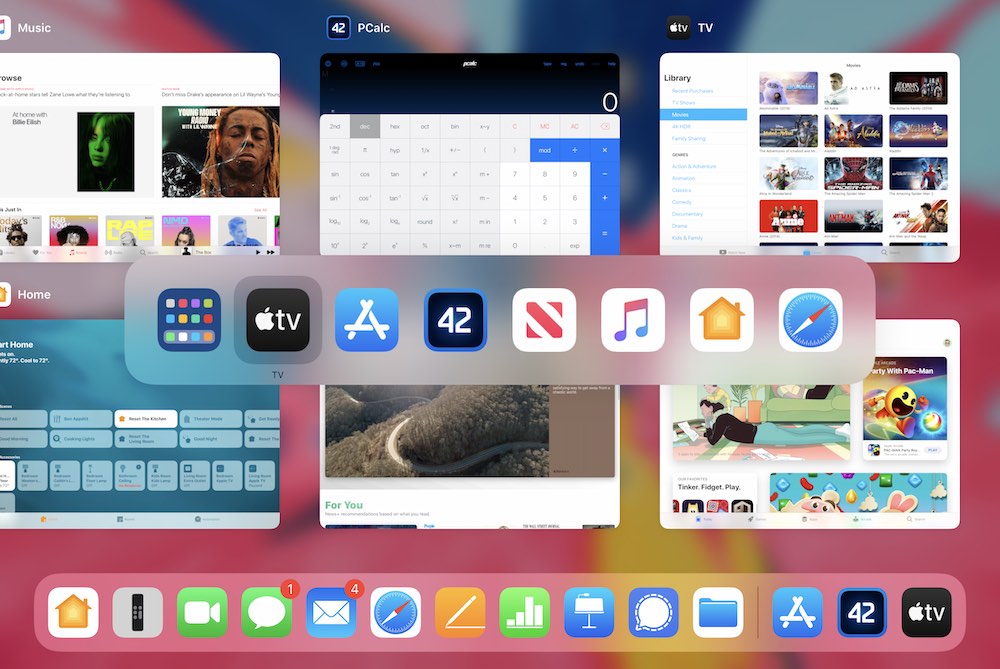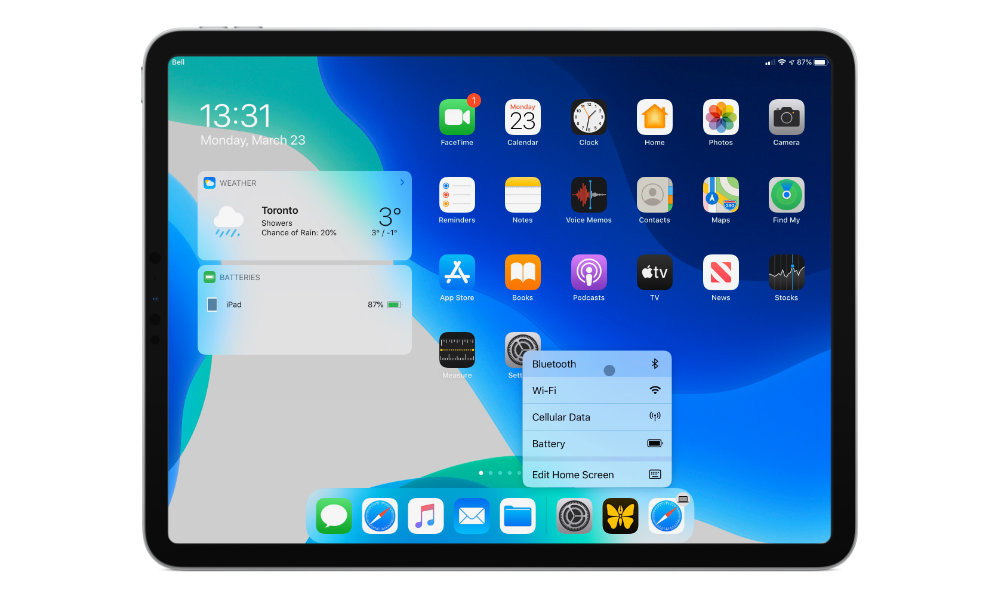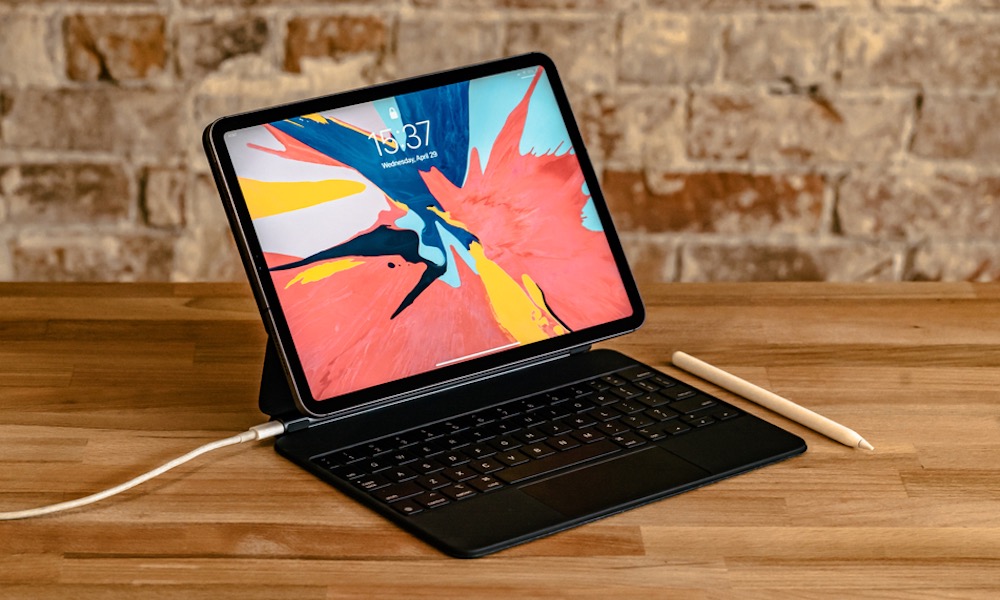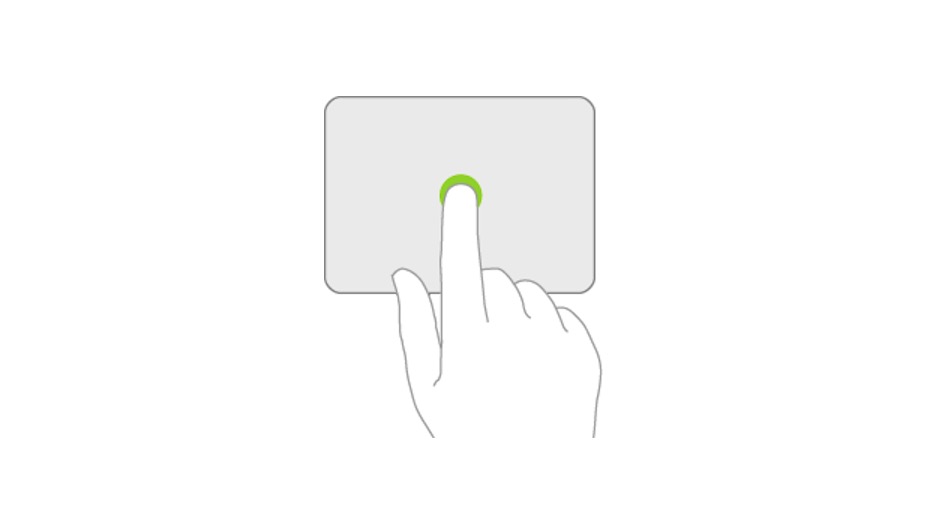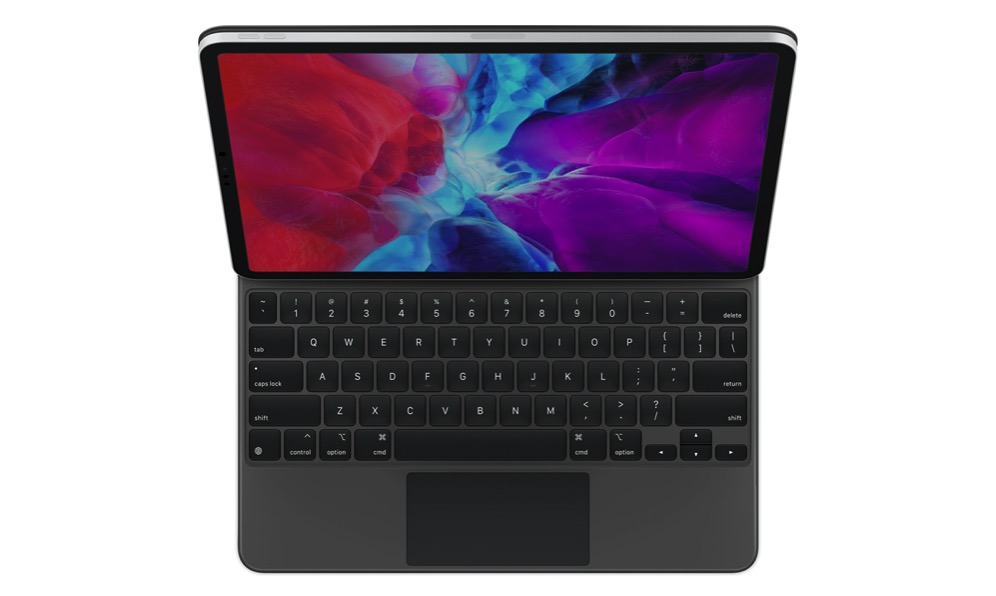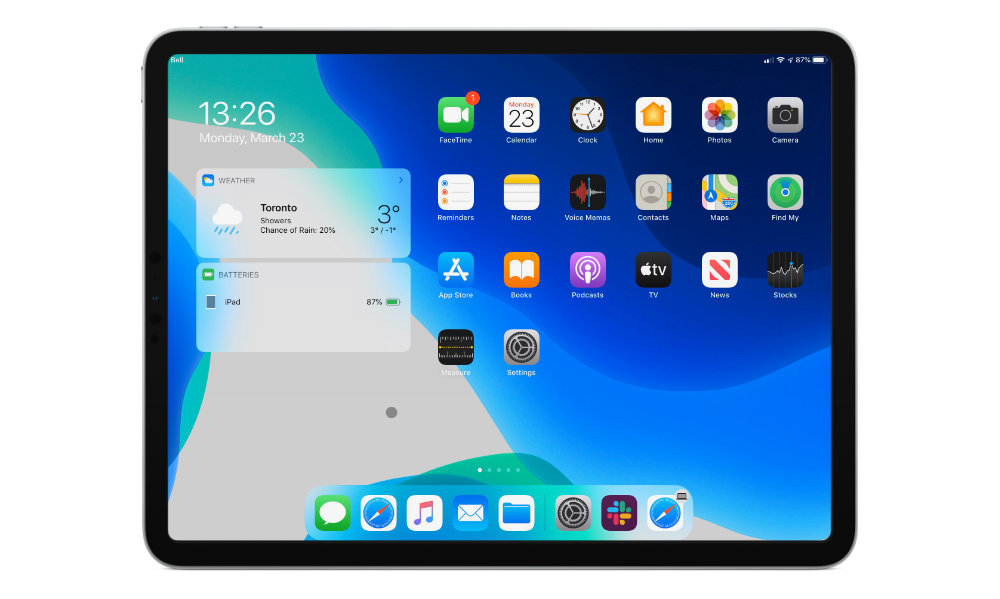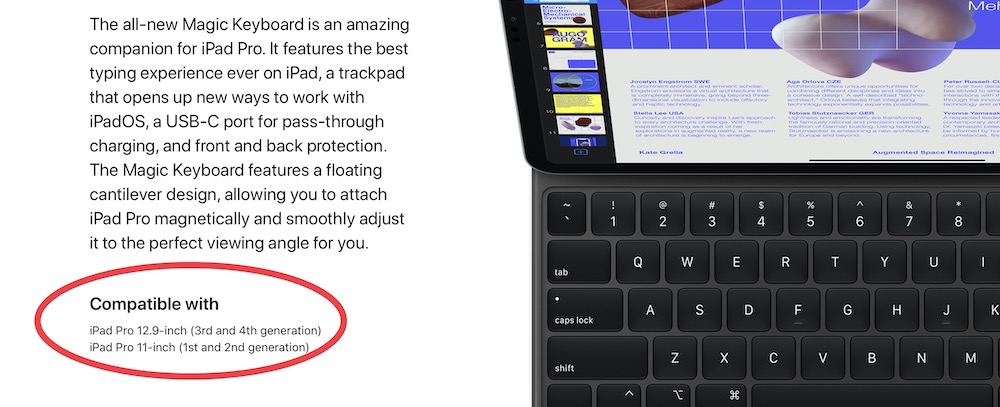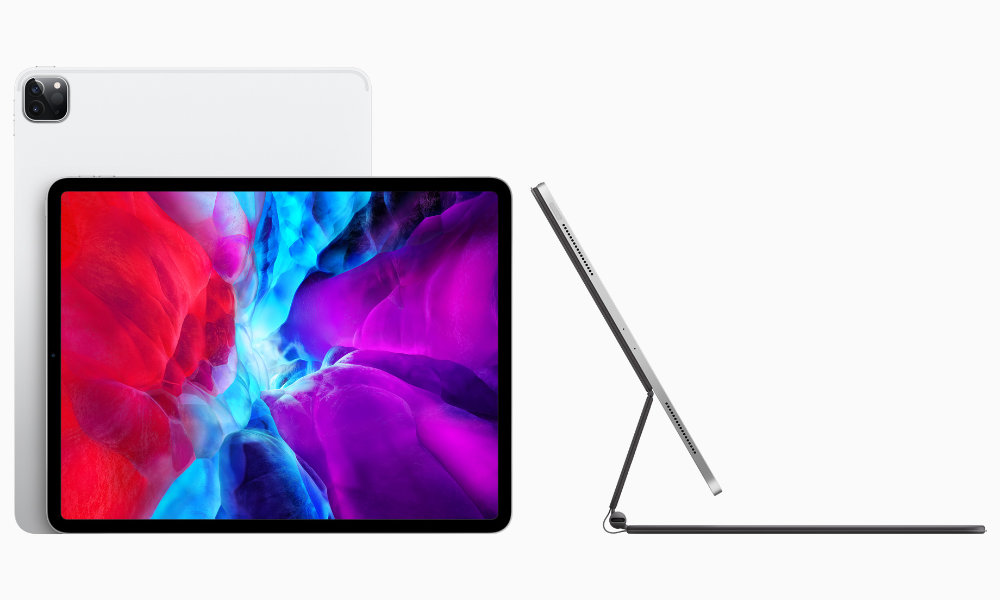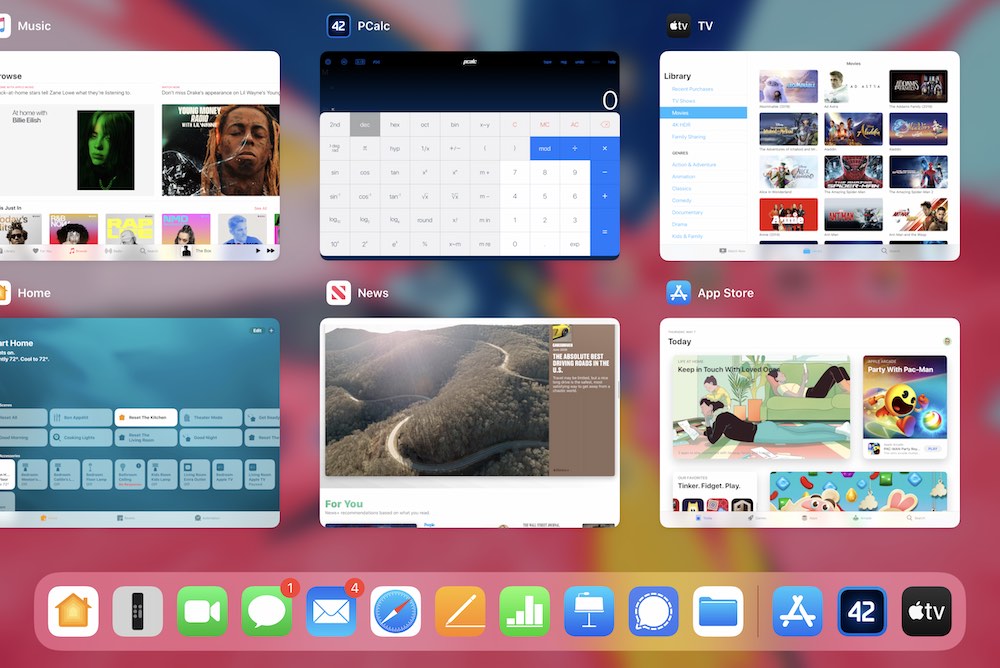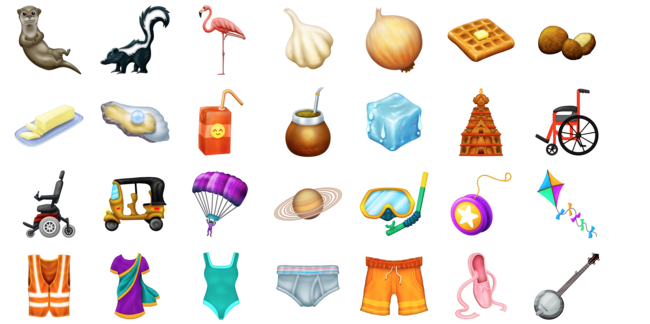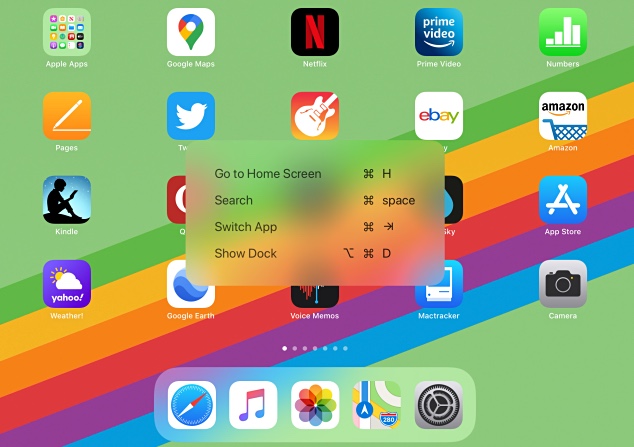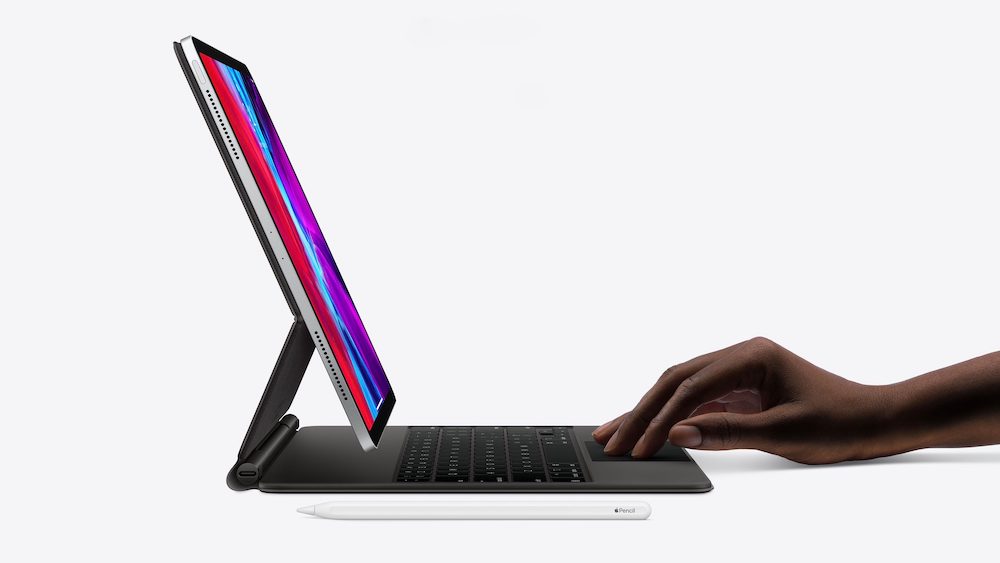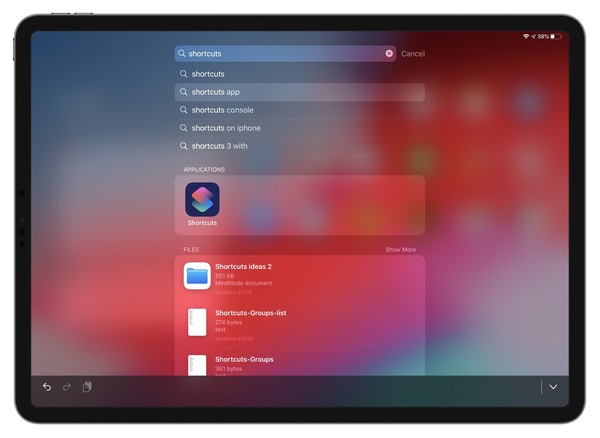15 Tricks and Shortcuts for Apple’s New Magic Keyboard
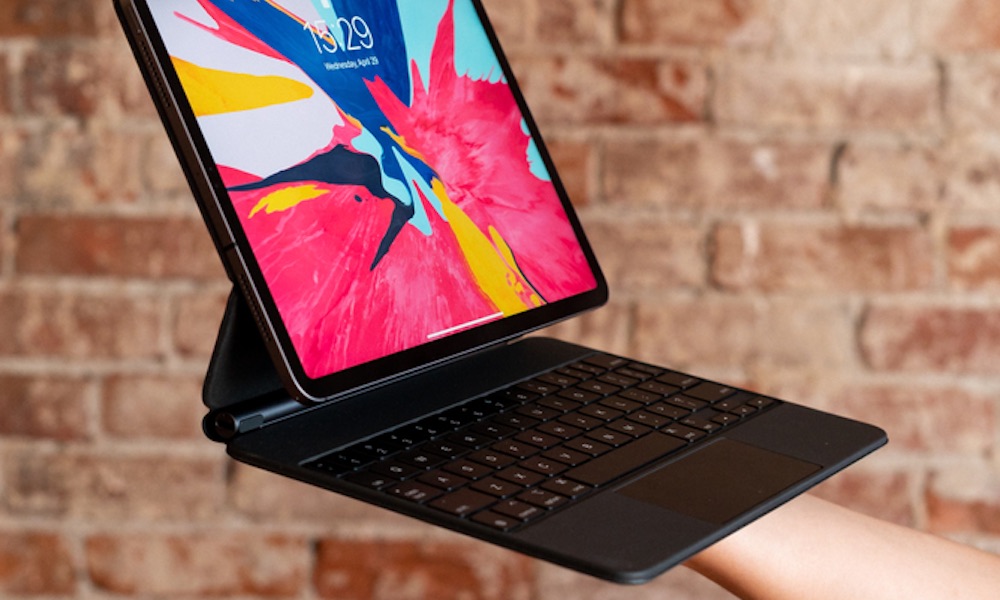 Credit: TalentlessCreative / Shutterstock
Credit: TalentlessCreative / Shutterstock
Apple recently debuted a new iPad Pro with a few cool new features, but the real star of the show was an all-new keyboard smart case released alongside it. The Magic Keyboard for iPad Pro features a backlit, laptop-style keyboard, a trackpad, and a hefty price tag.
At $300, many consumers may be on the fence regarding whether or not it’s worth it. I’ve spent the past couple weeks with the keyboard, and for me, it has been totally worth it.
Depending on your daily use and your budget, its value may vary; and, there may be other third-party alternatives that offer many of the same features at a lower price point. But if you’re looking for a solution from Apple that lets you use your iPad in a more traditional matter, this is a fantastic option.
But since when is the iPad a "computer?" Since early 2018, Apple has been more or less touting the iPad as a computer killer. Some people seem to think that this means Apple wants the iPad to be a computer. I don’t.
I think the iPad, and the recent introduction of iPadOS, signal that Apple has finally decided the iPad isn’t a larger version of an iPhone, but it also isn’t a desktop-class machine. Instead, Apple seems to be positioning it as a device that has a lot of the functionality—and power—of a laptop, with all of the conveniences of a mobile device.
If there’s an indicator that the iPad is growing up, the recent Magic Keyboard and latest Apple Pencil are just that. Nothing about the Magic Keyboard seems like an afterthought, and it opens up the iPad to be used in all-new ways, but only if you know where to start.
There are many features and shortcuts that the Magic Keyboard offers that make using an iPad a well-rounded experience. Continue reading to browse 15 features and shortcuts that might make you consider using an iPad as your primary computer.
Learn the Gestures
Just like macOS, iPadOS offers many trackpad gestures. You can swipe left or right with three fingers to switch between apps, swipe with two fingers to go backward or forward, scroll any direction with two fingers (and even pinch to zoom), swipe three fingers up to return to the home screen, and also swipe up with three fingers and pause to access the app switcher.
Other cool trackpad shortcuts include initiating Slide Over, accessing the dock, and more, with just one finger.
To access the Notification Center, move your cursor to the top of the display (left or center area), then continue moving up. You can do the same thing with the Control Center on the right side of the display. You can close either by going back to the bottom and continuing to move the cursor down.
You can access the dock any time by moving your cursor past the bottom of the display. Continue moving downward to access the home screen.
To access Slide Over, move your cursor to the far right side of the display and continue to move the cursor to the right. Repeat this action to close slide over. You can also access the Slide Over app switcher, by swiping up with three fingers while the cursor is in the Slide Over window.
Easily Switch Between Apps
Just like a Mac, you can quickly cycle through apps using cmd + tab. Continue holding the cmd key and press tab every time you want to cycle to the next app. Use cmd + shift + tab to cycle in the other direction. Let go of all keys (or press return) to switch to the currently selected app.
Secondary Click
Like most desktop operating systems, iPadOS now features a secondary-click option (think right-click), you can hold control and click to bring up a contextual menu.
If you’d rather, you can set up Two Finger Secondary Click within the Settings app under General > Trackpad, this will allow you to click with two-fingers to bring up contextual menus.
Adjust Keyboard Brightness
Apple doesn't appear to allow you to adjust the keyboard brightness using the keyboard itself; however, you can adjust it with the Settings app (General > Keyboard > Hardware Keyboard).
Keep in mind, the keyboard does adjust automatically using the iPad’s ambient light sensors.
Tap to Click
Also under the trackpad settings is an option for Tap to Click. Enable this option if you’d like to tap the trackpad with one finger to click. If Two Finger Secondary Click is enabled, you can tap with two fingers to bring up contextual menus/options.
Where’s the ESC Key?
Short answer: there isn’t one. But, there is a shortcut! If you’re somewhere that supports the Escape key function, simply hold the cmd key and press period (.). This will act as an ESC key.
In addition, you can modify some of the hardware keys under Settings > General > Keyboard > Hardware Keyboard. One of the options is to set a hardware key to function as an ESC key. So, if you never use the Globe key, consider changing it to something more useful. Personally, I’ll stick with the shortcut.
How to Change the Appearance of the Cursor
You can change the cursor’s look under the Accessibility settings. Simply select the Pointer Control menu and make any needed changes.
You can adjust contrast, adjust the time it takes to hide the pointer, size, and more. You can even choose to add a colored outline to the cursor to make it stand out.
Use with the Previous Generation iPad Pros
The Magic Keyboard isn’t limited to the newest iPad Pro, if you own an 11-inch iPad Pro (1st generation) or 12-inch iPad Pro (3rd generation), you can still use the new Magic Keyboard. Keep in mind, the camera cutout is larger to accommodate the latest models.
Use It in “Tablet Mode”
One gripe about the Magic Keyboard is that you can’t fold it back like Smart Keyboard Folio. This is likely to protect the keyboard and because it just wouldn’t work well with this design.
That being said, if you don’t want to use the keyboard, I’ve found it easy to grasp the iPad at the bottom (nearest the keyboard) and simply pull it off. Do the same thing in reverse to place it back. The strong magnets within the case easily line the iPad Pro back up, and you don’t have to clumsily fiddle with the iPad to attach and detach it.
Force Close Apps
There are a couple of ways to force close apps. If you’re not familiar with force closing, this is simply a way to close out an app that isn’t functioning correctly or that is taking up valuable memory. Apple’s memory management has always been rather good, so we don’t recommend force closing apps if you're not experiencing issues.
You can close apps using the previously mentioned gesture or swiping up with three fingers and holding to access the app switcher. From here use your finger or cursor to swipe up on the app you wish to close. To use your cursor, hover over the app and swipe up on the trackpad with two fingers.
You can also use the keyboard to force close apps, but it can only be done from the Home screen. When switching between apps using cmd +tab, continue to hold cmd on a selected app and press “q” to close it.
Add Your Favorite Emoji
Just press the Globe key in the bottom left corner of the keyboard to bring up the emoji keyboard and cycle between any other keyboards you may have enabled. Press return when a keyboard is highlighted to select it.
Use Keyboard Shortcuts with Your Favorite Apps
Stock and third-party applications support keyboard shortcuts. Just hold the cmd key to get a list of available commands.
Pro tip: some apps have multiple pages of commands you can swipe between. Also, some common commands may not be shown, such as when using an application within a Web browser.
Adjust Cursor Tracking Speed
If you aren’t satisfied with the default tracking speed you can change it. Just open the Settings app and navigate to General > Trackpad. From here you can adjust tracking speed, and enable or disable natural scrolling (reverses the scroll direction).
Use Spotlight/Siri Search from Anywhere
In any app, just press cmd + space bar to bring up global search. Press it again to close it or press ESC (cmd + .)
Go Home
Finally, go home from any app by holding down the cmd key and pressing “H.” It’s the same command used to hide application windows on macOS.
With the introduction of the Magic Keyboard, I’ve found that I use my iPad more than I ever have before. There are some downsides, like the added weight, the small size of the trackpad, and even the price, but I find the benefits of it are worth it and I think we will continue to see the iPad evolve in the coming years.
If you own or have used an iPad, let us know what you love or dislike. If you’re thinking about getting one, why? What features or shortcuts are your favorites? What do you think Apple could add or do differently? Let us know in the comments and on social media. As always, thanks for reading.

